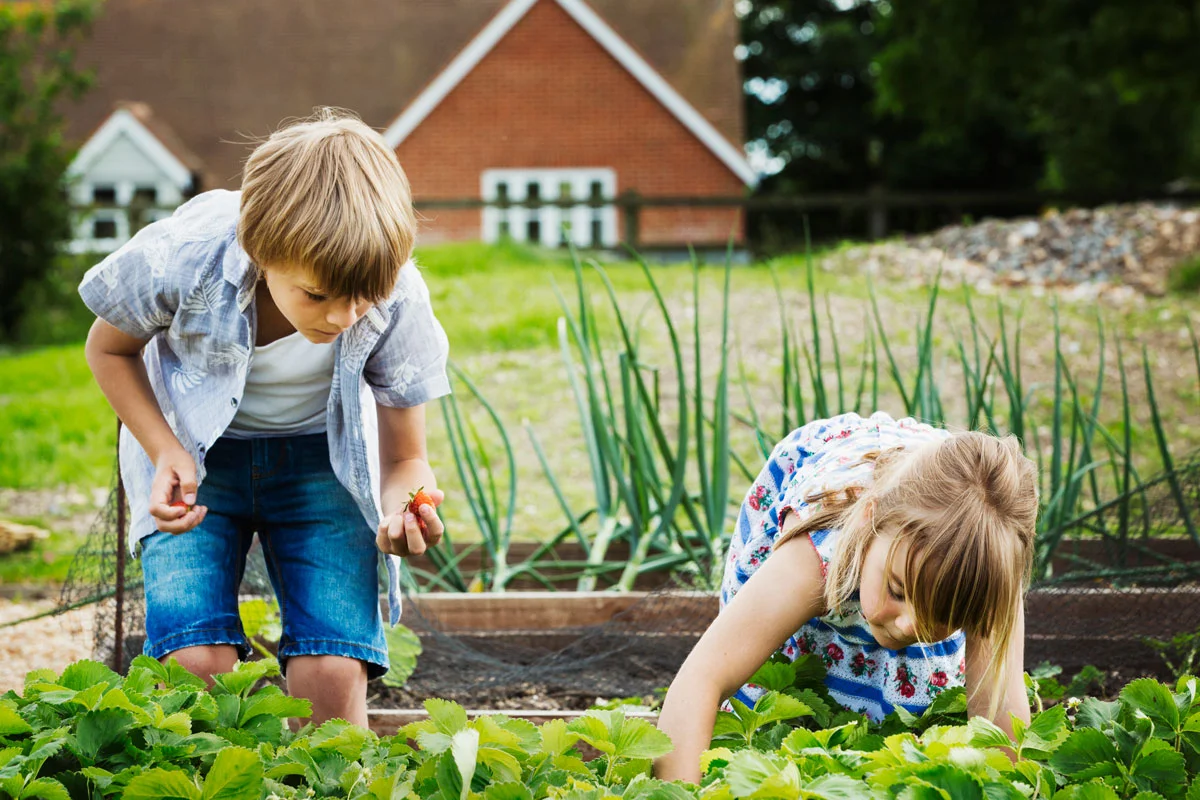Discover the Joy of Growing Your Own Vegetables in 2024
In recent years, there has been a growing trend towards sustainable living and self-sufficiency. One way individuals are embracing this lifestyle is by starting their own vegetable gardens.
Not only does this provide fresh, organic produce, but it also offers a sense of fulfillment and joy as you witness your hard work transform into delicious meals.
In 2024, with an increased focus on health and environmental consciousness, now is the perfect time to embark on your own vegetable gardening journey.
Step 1: Choosing the Perfect Location for Your Vegetable Garden
The first step in starting your vegetable garden is selecting the right location. Ideally, you want an area that receives at least six hours of direct sunlight each day. This will ensure that your plants receive adequate light for photosynthesis and growth. Additionally, consider factors such as proximity to a water source and accessibility for maintenance.
Urban gardening has become increasingly popular due to limited space in cities. Container gardening allows individuals with small yards or balconies to grow their own vegetables. Containers can be placed strategically around your home where they receive optimal sunlight throughout the day.
Another option is community gardening, where individuals come together to cultivate a shared plot of land. This not only provides access to more space but also fosters a sense of community and knowledge-sharing among fellow gardeners.
Step 2: Essential Tools and Supplies to Kickstart Your Garden
Before diving into planting seeds or seedlings, it’s important to have the necessary tools and supplies on hand. Some essential items include:
- Gardening gloves: Protecting your hands from dirt, thorns, or any potential irritants.
- Hand trowel: A versatile tool for digging small holes or transplanting seedlings.
- Watering can or hose: Ensuring proper hydration for your plants.
- Garden fork or spade: Useful for breaking up soil and removing weeds.
- Organic compost or fertilizer: Providing essential nutrients for healthy plant growth.
It’s also crucial to have a quality soil mix that is well-draining and nutrient-rich. Consider adding compost to improve the soil structure and fertility.
Investing in these tools and supplies will set you up for success throughout the gardening season.
Step 3: Selecting the Right Vegetables for Your Garden’s Success
Choosing which vegetables to grow in your garden can be an exciting yet challenging task. Consider factors such as climate, available space, and personal preferences when making your selections.
In 2024, there is a growing interest in heirloom varieties of vegetables. These are open-pollinated plants that have been passed down through generations, maintaining their unique characteristics and flavors. Heirlooms not only offer diverse tastes but also help preserve genetic diversity in our food system.
Some popular vegetable choices for beginner gardeners include tomatoes, lettuce, carrots, peppers, and herbs like basil or parsley. These crops are relatively easy to grow and provide high yields with minimal maintenance.
Step 4: Nurturing and Caring for Your Vegetable Plants Throughout the Season
Once your seeds are sown or seedlings planted, it’s important to nurture and care for your vegetable plants throughout the season. Regular watering is essential to keep them hydrated; aim for deep watering rather than shallow sprinkling to encourage strong root development.
Weeds can quickly invade your garden space if left unattended. Regular weeding helps prevent competition between weeds and your vegetable plants for nutrients and sunlight.
Mulching around your plants can also suppress weed growth while retaining moisture in the soil.
Pest control is another crucial aspect of caring for your vegetable garden. Insect pests such as aphids or caterpillars can damage or destroy crops if not managed properly. Consider using organic pest control methods such as companion planting, where certain plants repel pests or attract beneficial insects.
Step 5: Harvesting and Enjoying the Fruits (and Veggies) of Your Labor
After weeks of nurturing and caring for your vegetable garden, it’s time to reap the rewards. Harvesting your homegrown vegetables is a satisfying experience that allows you to enjoy the fruits (and veggies) of your labor.
Each vegetable has its own optimal harvesting time, so it’s important to familiarize yourself with the specific requirements of each crop.
For example, tomatoes should be harvested when they are fully ripe but still firm, while lettuce leaves can be picked as soon as they reach a desirable size.
The joy of harvesting extends beyond just picking fresh produce. It also opens up opportunities for culinary creativity in the kitchen. Incorporate your homegrown vegetables into delicious recipes or share them with friends and family to spread the joy of gardening.






